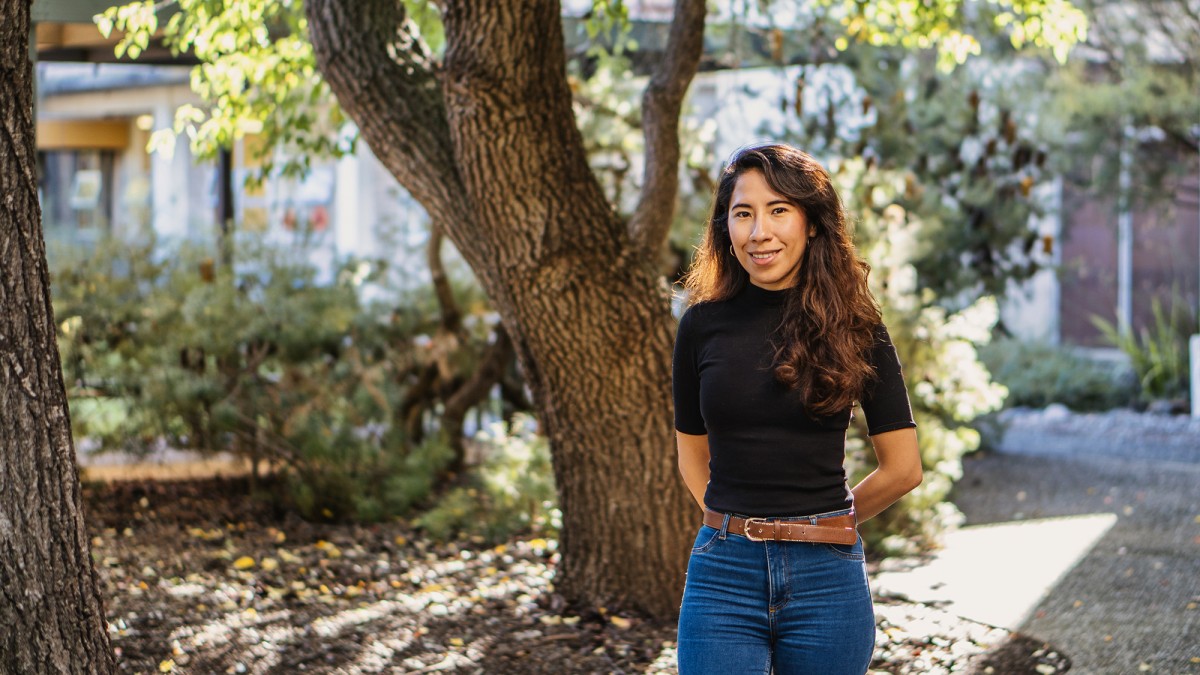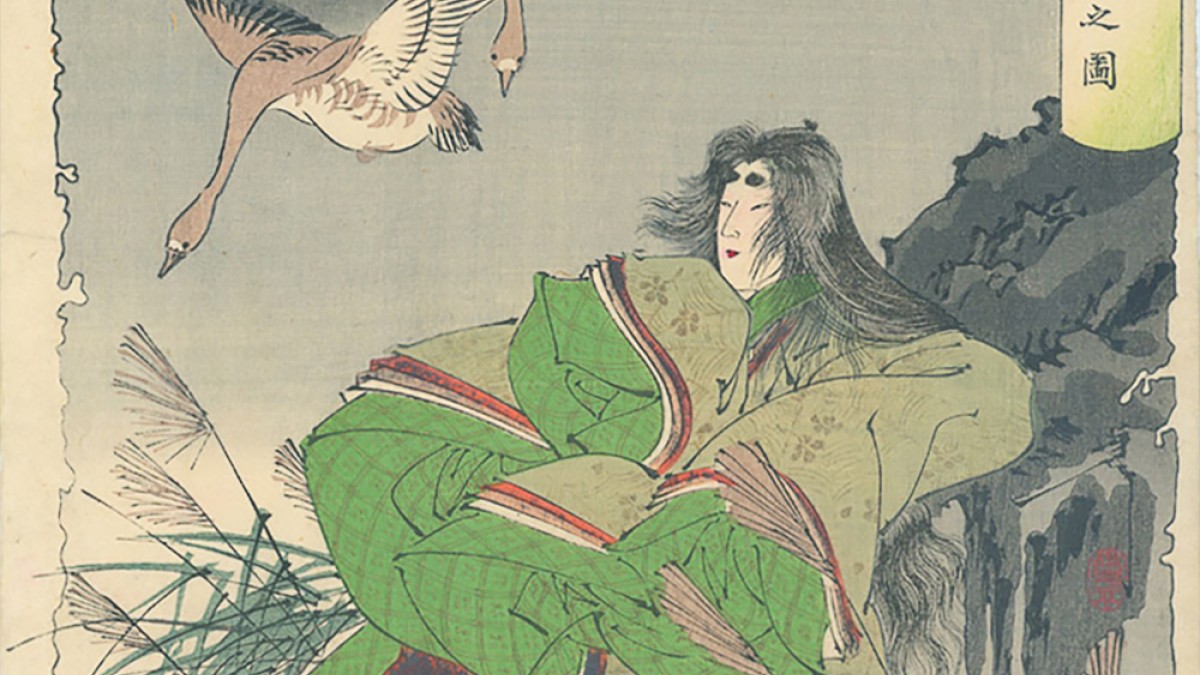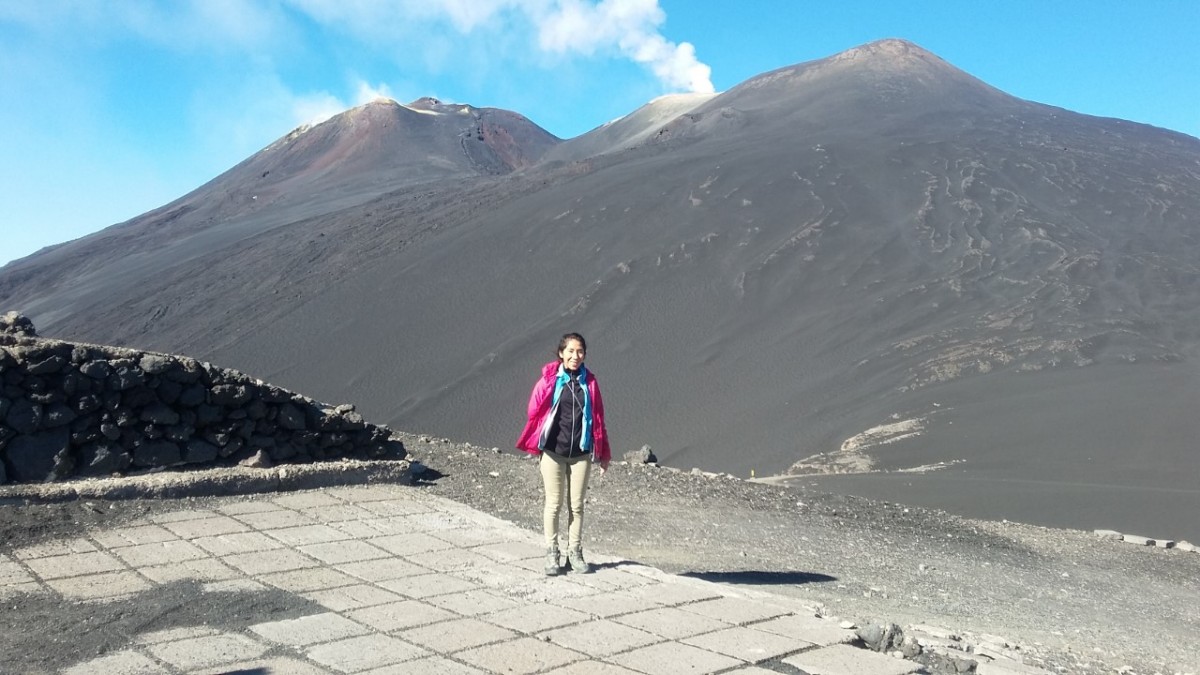A fox with nine tails and a stone that kills you: just another day in the life of a volcanologist
Nestled into the volcanic mountains of Nasu, Japan, a modest grey rock has stood the test of time.
Over millions of years, it has witnessed geological ages, the rise and fall of empires, and the occasional deer using it as a scratching post.
Located within sulfurous hot springs and approximating the size of a rolled-up futon, it looks like an inviting place to take a seat after a long hike.
But even though this rock looks just like any other volcanic rock nearby, this one is quite different. This rock could actually kill you. Or so they say.
“According to legend, the rock is linked to an evil spirit,” says Dr Ana Casas Ramos from the ANU Research School of Earth Sciences.
Tamamo-no-Mae was a beautiful 12th century courtesan, who harboured a secret plan to kill the Japanese emperor Toba. That wasn’t her only secret: she was also actually a fox spirit complete with not one, but nine tails.
In telling this legend, this is the part where the Otogi-zōshi, a form of illustrated short story predating modern manga, introduces the hero Miura-no-Suke. He is male, of course, and a famous warrior.
Miura-no-Suke defeats Tamamo-no-Mae, imprisoning her spirit within the rock, called the Sessho-seki, or ‘killing stone’.
As a geochemist and volcanologist Dr Casas Ramos thinks that the killing stone, or more accurately the sulfurous hot springs surrounding it, might actually be lethal.
“Throughout history, many people have died near that place. It’s called a killing stone because if you come into contact with that rock, it’s thought that you will die.
“But it is the gases associated with the hot springs which could actually be poisoning people if they are exposed for long enough.”
Dr Casas Ramos first became interested in the killing stone, after it split in two recently.
“When hikers discovered that the rock had split, the news went viral.”
Some believe that Tamamo-no-Mae is now on the loose, and others believe that she was destroyed with the rock, leading to a raft of further superstitions fuelled by the current state of the world.
As a scientist, Dr Casas Ramos has another theory of what happened.
“I think the scientific explanation is that a simple reaction is happening inside the rock, leading to a build-up of salts. These reactions are powered by temperature and gases and have been happening for tens of millions of years. At some point, the pressure becomes too much, breaking the rock.
“This context wasn’t discussed in the news, and I think some people would appreciate a geological explanation.”
A powerful woman features in Dr Casas Ramos’ own story too, but of a very different kind. “My mum is a volcanologist,” she says. “It’s in the family.”
Having grown up with volcanoes, Dr Casas Ramos understands not only the geological power of volcanism but also how this power can impact people, culture and economies.
As a young girl in Mexico, she was fascinated by the stories that her mother would tell her about volcanoes after returning home from research trips.
“Then, when I was old enough, she started taking me with her on field trips to the El Chichón volcano in Chiapas, southern Mexico.
“She never said ‘Ana you should be a volcanologist’. It was more her influence in taking me to volcanoes. What kid wouldn’t want to do that?”
Shrouded in dense forests, El Chichón was thought to be dormant, until it erupted in 1982, killing at least 1900 people and displacing many more.
“It was the worst volcanic disaster in recorded Mexican history.”
As part of her Masters degree, Dr Casas Ramos completed her own research at El Chichón.
“I collected water from the crater lake to monitor the geochemical activity of the volcano, by analysing reactive sulphur species.”
Throughout her career, inspired by the work of her mother, Dr Casas Ramos kept being drawn to volcanoes.
“I’ve been to many volcanoes, including Popocatépetl in Mexico City, some in Central America and volcanoes in Spain and Italy.”
The volcanic secrets that Dr Casas Ramos is trying to uncover may not be mythological but do help us look back in time.
“I’m interested in high-temperature reactions between solids and gases.”
Dr Casas Ramos’ previous work focused on how eruptions and high temperatures can lead to salts forming – just like with the killing stone. Her work at ANU seeks to expand on this to understand the role of volcanic reactions in the formation of mineral deposits.
“Lots of copper deposits, for example, form because of these high-temperature reactions.”
It’s clear that volcanoes will continue to inspire scientific curiosity as well as myths and legends.
Some of these stories, like the legend of Tamamo-no-Mae use fear to sound a warning.
But other stories, like the story of how Dr Casas Ramos’s mother defied convention to become a mountain-scaling volcanologist, or the work of Dr Casas Ramos herself in uncovering nature’s secrets, hold a different type of power: the power to inspire.
Are you also enchanted by volcanism? Why not unearth your passions with a Master of Science in Earth Sciences.





